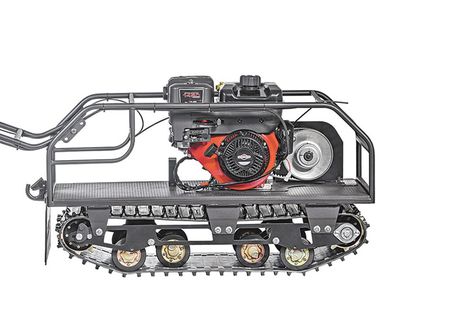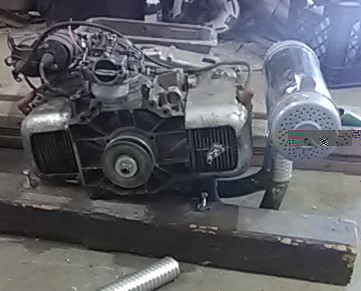D4570
Well-known member
I have an old snowmobile track and bogeys and the motor.
I want to make a "Snow Dog"

What I'm wondering is.
Here we go.
I want it to go about 20 mph full out.
The track is a little over 8 feet long/ around.
What is the RPM to do 20 miles in an hour?
Then I need to do two reductions
One from a belt than one to the track with a chain.
5000 rpm on the motor.
My head hurts. :doh:
I want to make a "Snow Dog"

What I'm wondering is.
Here we go.
I want it to go about 20 mph full out.
The track is a little over 8 feet long/ around.
What is the RPM to do 20 miles in an hour?
Then I need to do two reductions
One from a belt than one to the track with a chain.
5000 rpm on the motor.
My head hurts. :doh:





